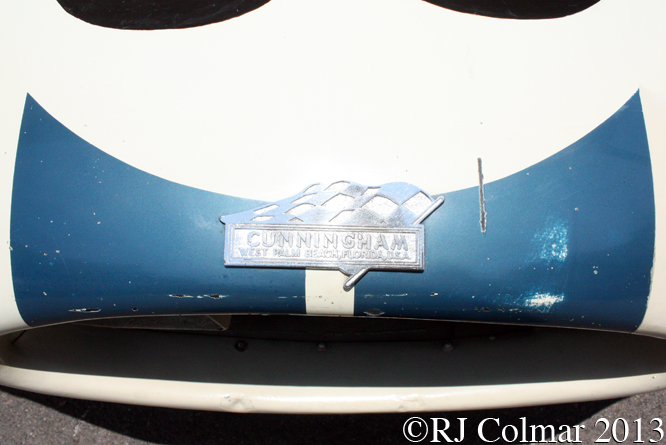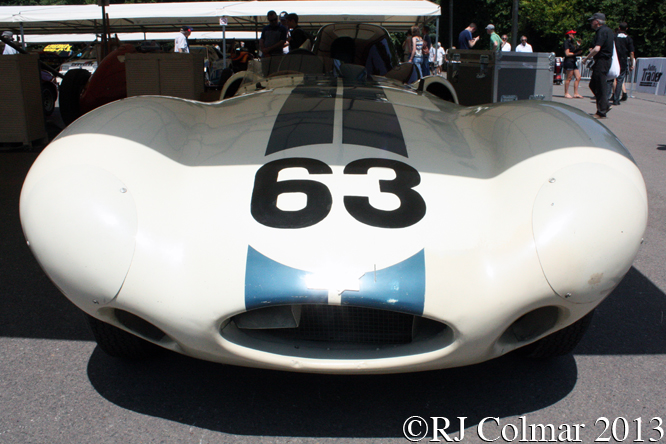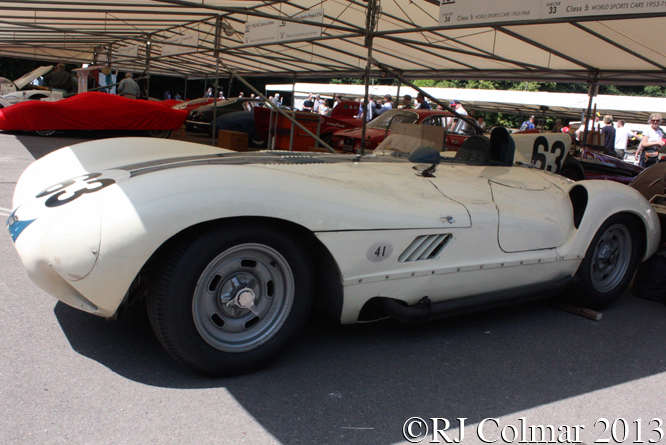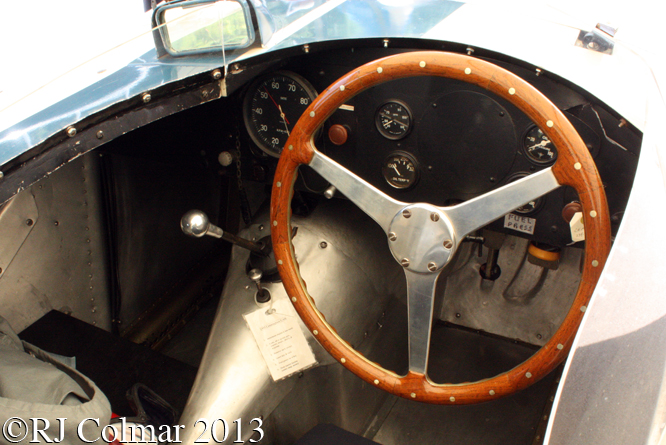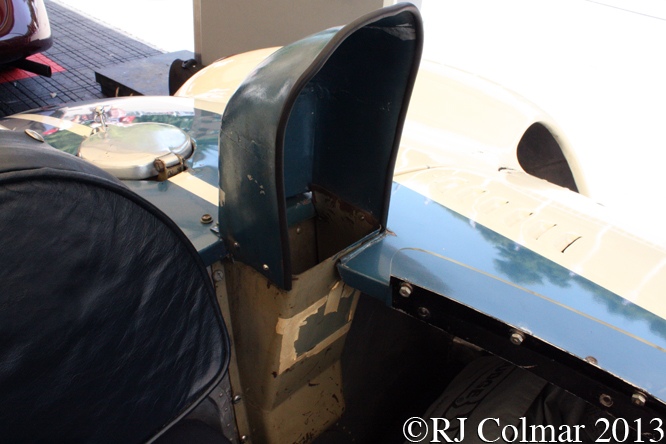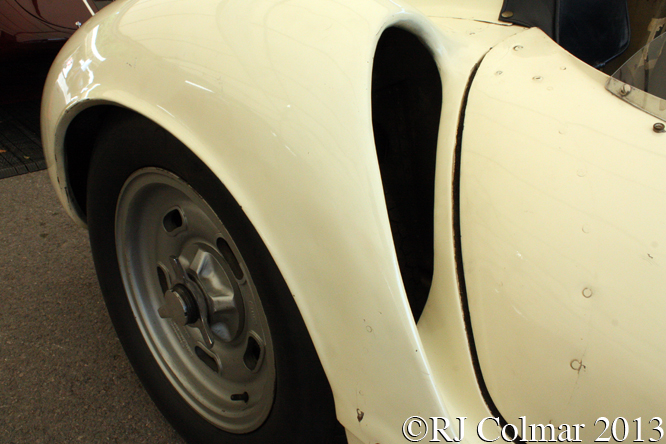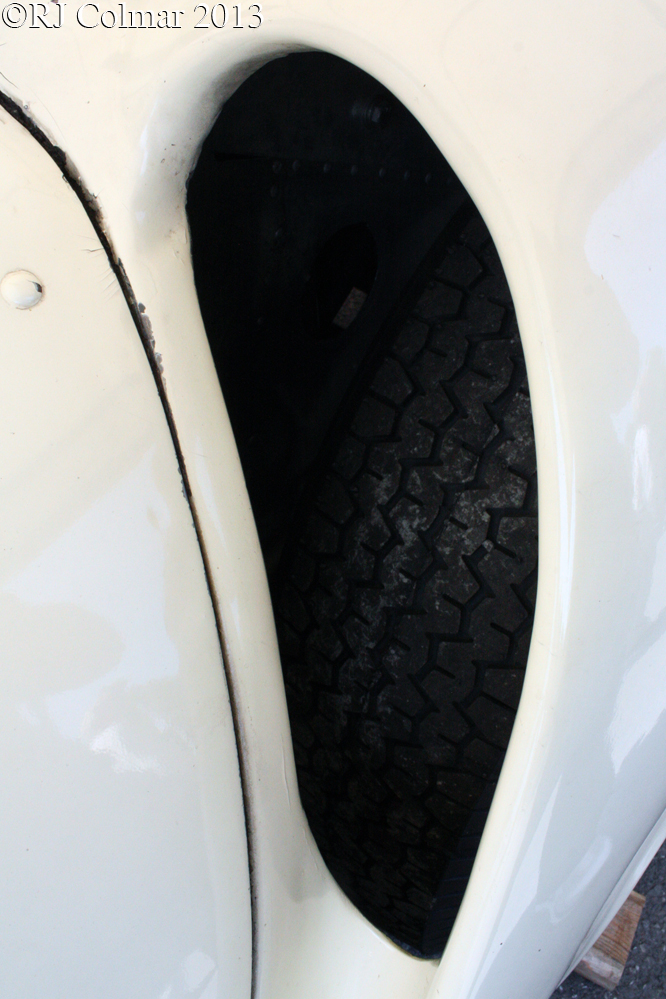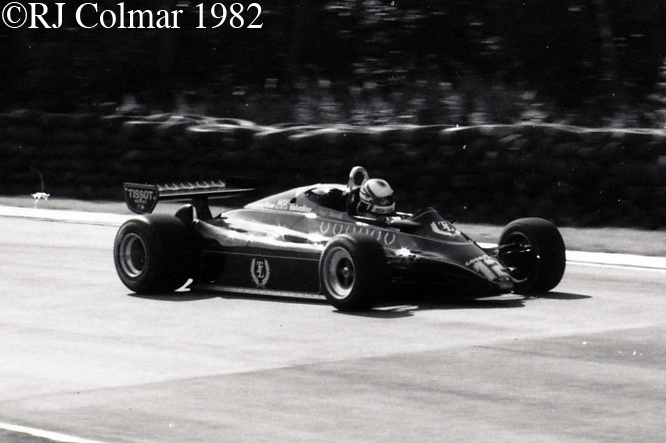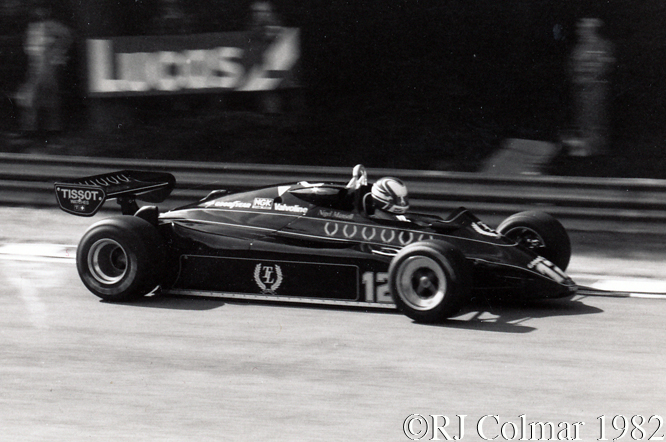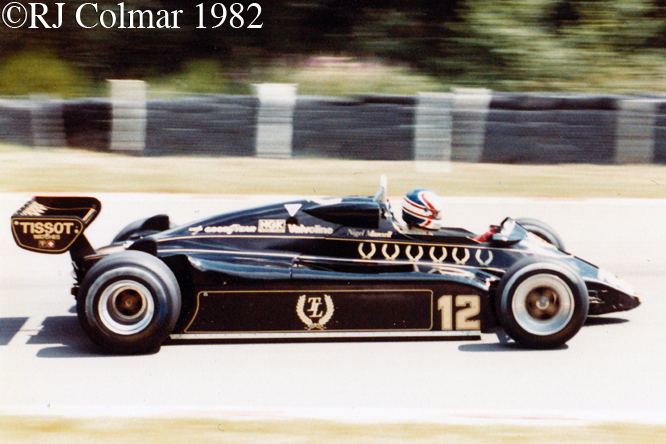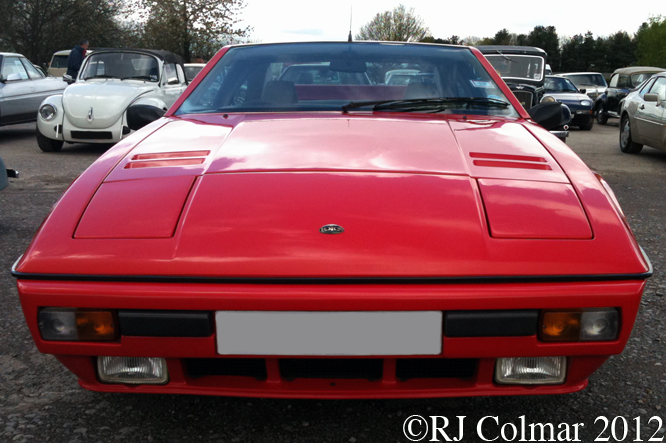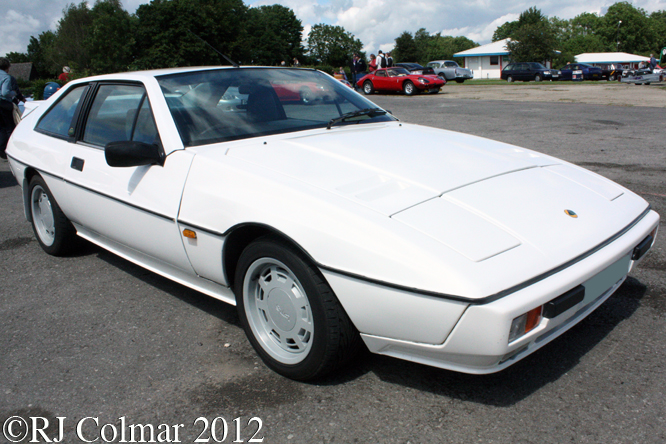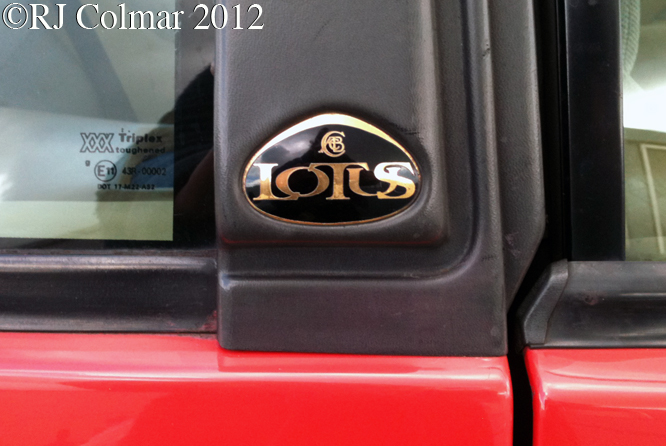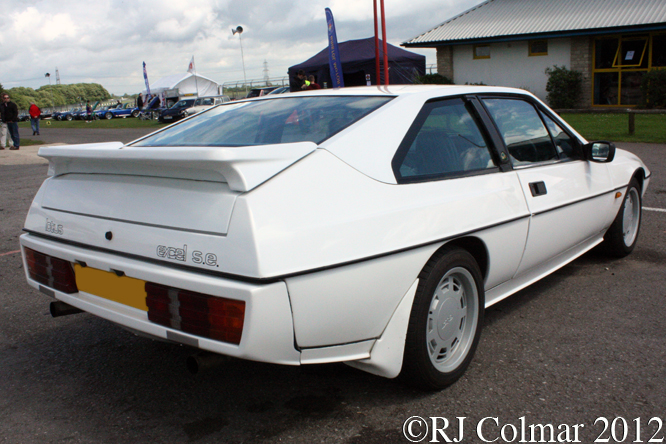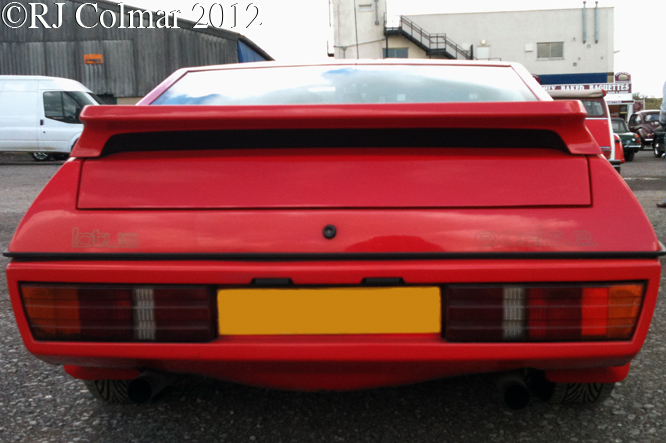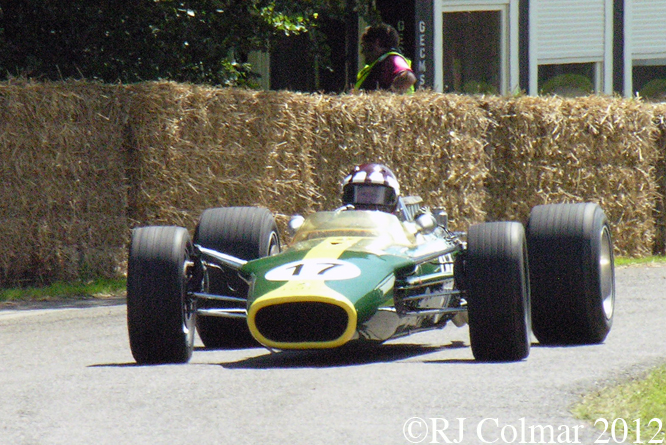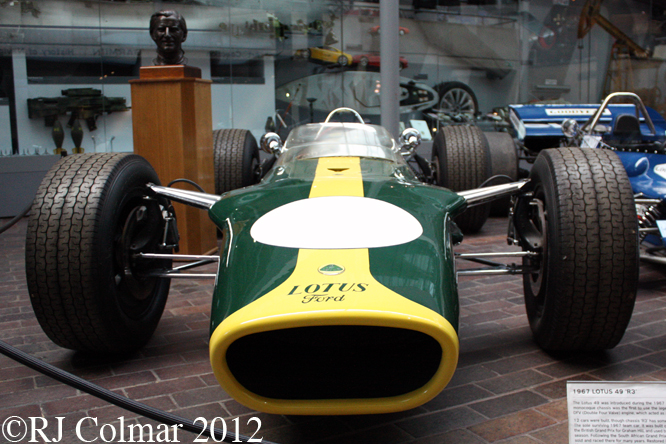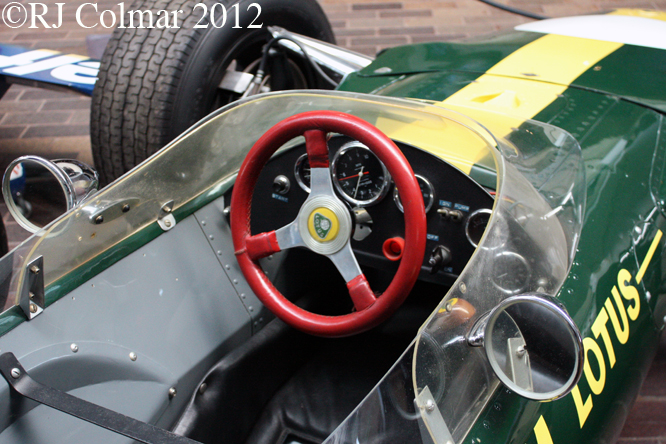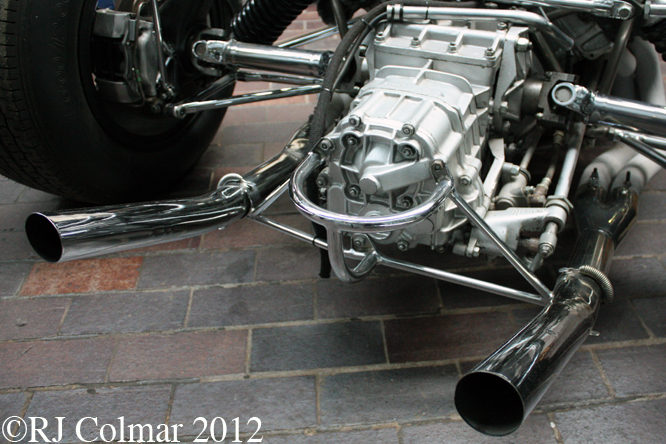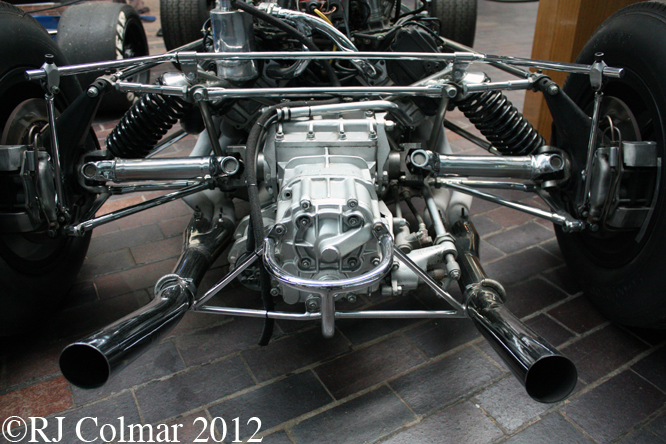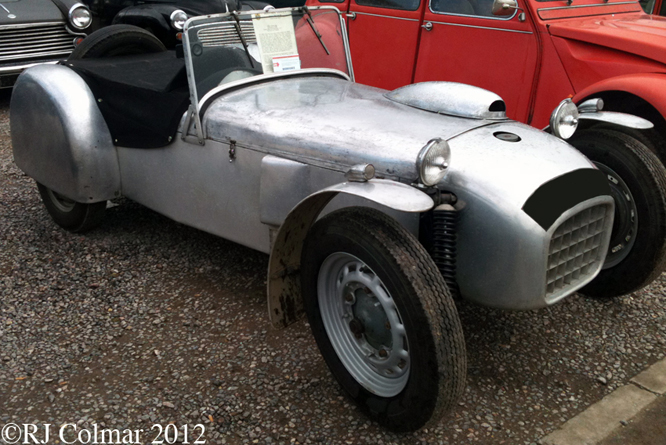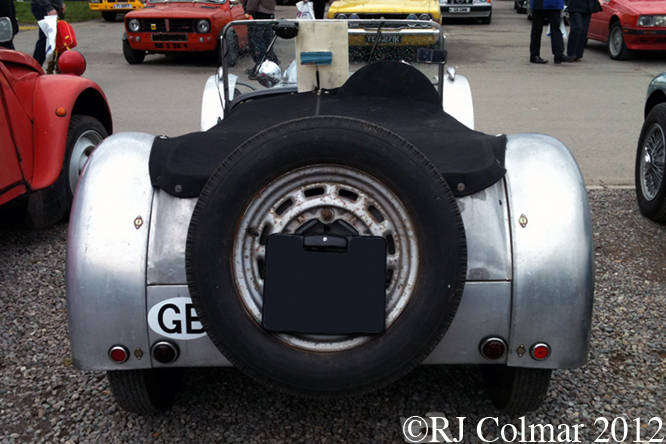After the disappointment of losing their first Le Mans in six years to Peugeot in 2009 Audi returned in 2010 with R15 TDI Plus cars developed by a team led by Ulrich Baretzky.
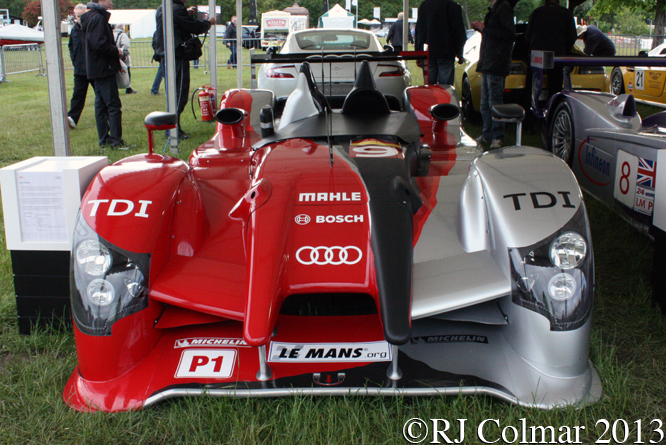
The immediately obvious difference between the new challenger and the 2009 R15 TDI were the new head light configuration and the loss of some bodywork panels to reveal the front crash structure.
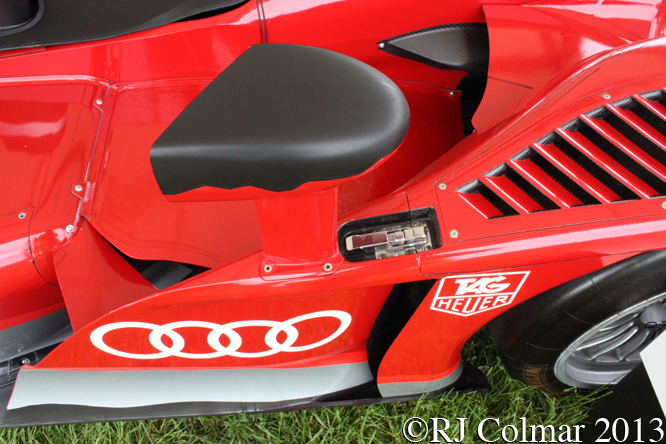
Less obvious differences included lower front wings and a ‘simplified’ approach the previous years aerodynamics.
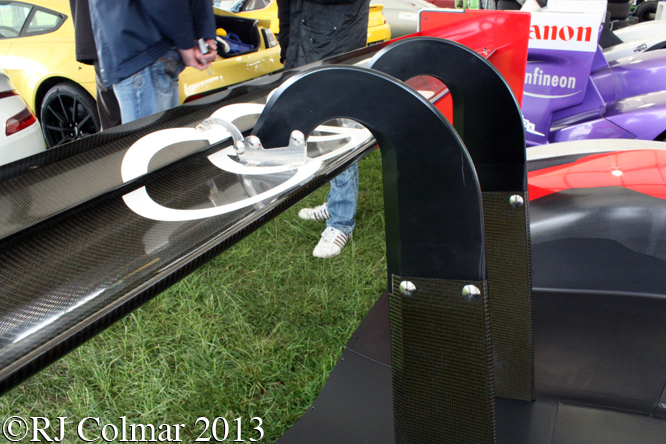
Despite restrictions mandated to reduce the 2010 Le Mans Cars power by reducing the size of the restrictor plate and reducing the boost pressure of the turbochargers the R15 TDI Plus Audi engineers claimed the output of the 2010 5.5 litre 335 cui Turbo Diesel V10 was around 590 hp as it had been in 2009.
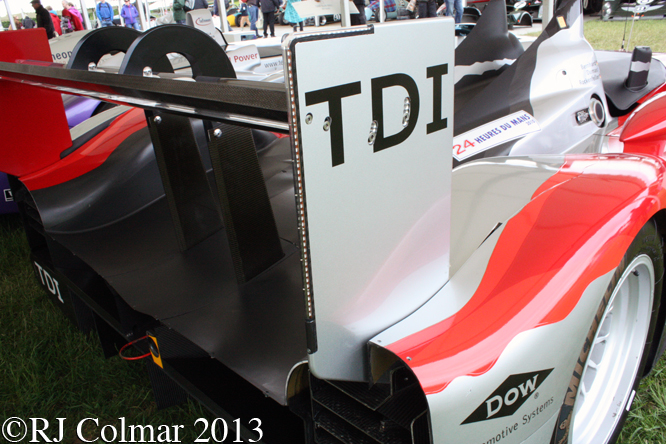
Today’s featured chassis seen at Cholmondley Pageant of Power last year is believed to be #204 which was completed in time for Timo Bernhard, Romain Dumas and Mike Rockenfeller to qualify 2nd for the 2010 Spa 1000kms race in which they finished 5th.
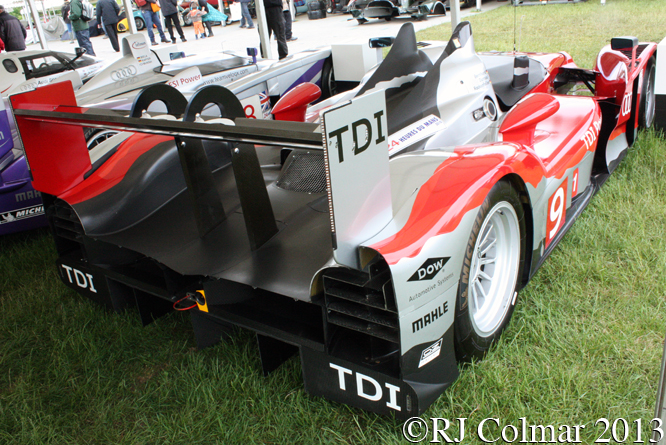
For the 2010 Le Mans 24 Hours a month later the same trio qualified 5th, fastest of the Audi’s, but over two seconds slower than the pole winning Peugeot.
To their advantage the Audi team had better economy and ultimately better reliability so that when the final Peugeot retired Audi were left to sweep the podium with today’s featured car #204 finishing ahead of team mates, André Lotterer, Marcel Fässler and Benoît Tréluyer in the #8 TDI Plus with Tom Kristensen, Allan McNish and Rinaldo Capello finishing third in the #7.
Astonishingly given that the Le Mans track has been slowed down with the addition of chicanes on the Mulsanne Straight and numerous new corners between the pits and Tetre Rouge all three Audi’s covered a greater distance than the Porsche 917 driven by Gils van Lennep and Dr Helmut Marko in 1971, with the winning car raising the record from 3,107.7 miles to 3,362.061 miles, both records requiring 397 laps of the differently configured track to be completed.
#204 made one final appearance during the 2010 season at Petit Le Mans where Allan, Tom and Rinaldo qualified 4th and finished 3rd behind two Peugeot’s.
Thanks for joining me on this ‘3362 Miles’ edition of “Gettin’ a li’l psycho on tyres” I hope you will join me again tomorrow when I’ll be looking at a Le Mans competitor from Triumph. Don’t forget to come back now !


